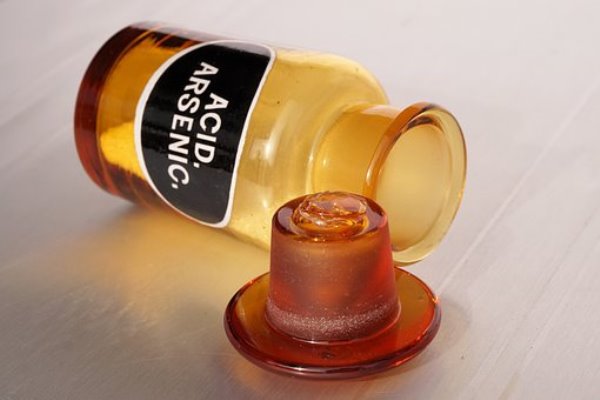|
Compared to the last assessment from 2009, EFSA had to tighten its risk assessment after analysing new studies.
Inorganic arsenic (Asi) is considered a genotoxic carcinogen and is partly responsible for certain types of cancer (skin, bladder and lung cancer). Even a low to moderate chronic intake of the heavy metal significantly increases the risk.
According to the EFSA, the main sources of exposure for the EU population are rice and rice products, cereals and cereal products (excluding rice) and drinking water.
In the younger age groups, cereal-based baby food and "biscuits, rusks, cookies for children" contribute significantly to exposure.
For adults, "vegetables and vegetable products" and "fish and seafood" also play a role in some Member States. This applies in particular to the consumption of mushrooms and algae, crustaceans and certain shellfish.
Detailed information on the new risk assessment can be found in the original EFSA publication.
YOUR PLUS: AGROLAB-LUFA determines arsenic in all foods. For foods of plant and marine origin, a distinction is made between inorganic and organically bound arsenic. The limit of quantification for arsenic (inorganic) is 0.02 mg/kg.
In addition to the differentiated determination, which is not possible for a few matrices, e.g. food supplements containing algae lime or fish oils, we also determine the total arsenic content.
|

 Contact
Contact

 Contact
Contact Career
Career